I get a lot of questions about LoR, some more often than others. The question I see the most, however, is: “What are the best decks to play if you’re new?”
So today, that’s the question I am going to answer.
High Floor, High Ceiling

There are several ways to go about this.
I could tell you which are the best decks right now, because they would be the most likely to allow a new player to win.
Or, I could name the simplest archetypes that are still strong and that would allow a new player to learn how to operate their deck proficiently as quickly as possible.
Instead, I'm going to attempt to do something a little different: I am going to recommend decks that I think are not only strong, but have a high skill ceiling as well as a generally high skill floor.
I want to pick decks that stand the test of time, and aren’t just good for a patch or two. And most importantly, in my opinion, is that I want to pick decks that aren’t incredibly polarizing – the closer to midrange, the better. I believe such decks teach you to play the game by requiring you to take the time and learn how to properly assess your role (as Mike Flores asked in his classic article, Who's the Beatdown?) in each individual matchup.
If you’re playing Burn, then you’re almost always the beatdown, and you are always the control player if you’re playing Anivia – each one of these decks teach you to play only their side of the spectrum. While these are important skills to learn, I believe players will see much more growth overall by picking a deck that has to, depending on the matchup, go for one role or the other.
Let's get into the lists!
Deck #1: Caitlyn Ezreal Tri-Beam

Various Tri-beam Improbulator decks have been around and have been doing well in the meta since I started playing the game – it was actually one of the decks I used to top-32 the first Seasonal Tournament.
decks have been around and have been doing well in the meta since I started playing the game – it was actually one of the decks I used to top-32 the first Seasonal Tournament.

14 cards

26 cards
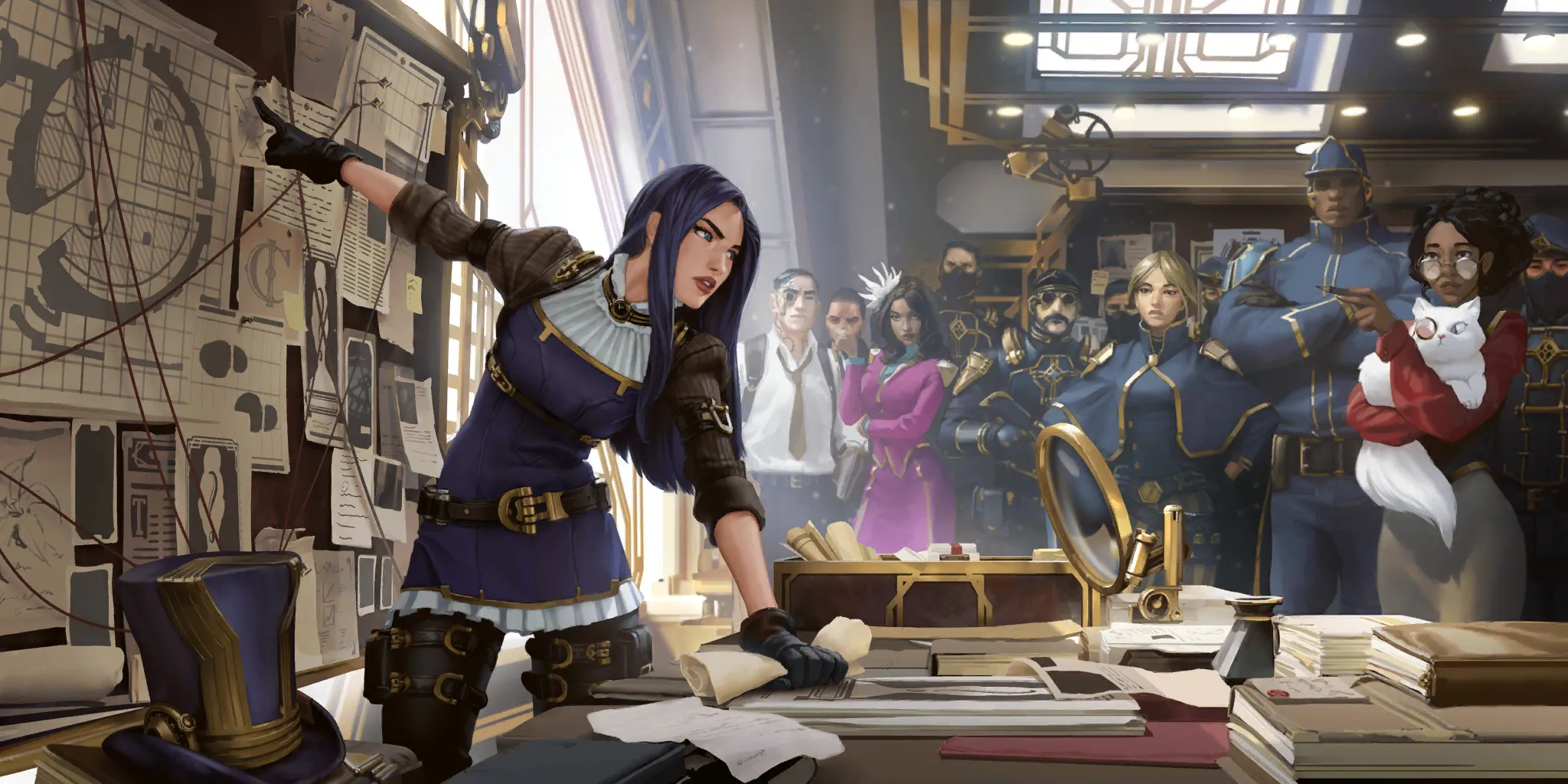














This deck is relatively simple on the surface: play three-mana guys, kill your opponent's guys, cast Tri-beam Improbulator , profit.
, profit.
And, to be fair…
… that’s exactly what the deck does, and just doing that will get you rather far.
However, getting good at the deck requires a lot of matchup knowledge and the ability to correctly assess your opponent's threats at any given time.
Spend your removal on the wrong threat? Well, here’s Poppy , and she’s gonna show you a really bad time.
, and she’s gonna show you a really bad time.
Tempo and Teching
Pilots playing this deck will quickly learn the importance of tempo, and how to use it to your advantage. Avarosan Sentry pushes this idea well, sometimes being a powerful defensive option to slow your opponent's turn, and sometimes putting the screws to your opponent on your attack token, setting up a lethal Tri-beam Improbulator
pushes this idea well, sometimes being a powerful defensive option to slow your opponent's turn, and sometimes putting the screws to your opponent on your attack token, setting up a lethal Tri-beam Improbulator into a one-two punch attack.
into a one-two punch attack.
One of my favorite parts of Ezreal Caitlyn is its ability to tech for any given meta. For example, we can add Aloof Travelers against decks that rely on a high-cost win condition, and Culling Strike
against decks that rely on a high-cost win condition, and Culling Strike is a fantastic option if low-powered backline champions like Azir
is a fantastic option if low-powered backline champions like Azir are prevalent. This flexibility encourages players to tweak their list to suit their needs, instead of blindly following what their favorite youtuber is playing (lol).
are prevalent. This flexibility encourages players to tweak their list to suit their needs, instead of blindly following what their favorite youtuber is playing (lol).
This archetype does have its bad matchups, specifically decks that don’t play a lot of units until they hit their hard-to-deal-with win conditions – Feel The Rush or Lee Sin
or Lee Sin , for example.
, for example.
Still, I believe Tri-beam is, and will always, be the quintessential midrange deck to get started.
Deck #2: Sivir Akshan Demacia

Admittedly, I hated this deck when it came out.
It encompasses most of the things I don’t like: a seemingly simple gameplan focused on units and combat, Demacia, rallies, and Demacia again. I put off learning Akshan Sivir for quite a while, until I was forced to by virtue of it being a league above the rest at the time.
At first, I thought my suspicions were confirmed: just another deck with big dumb units, Sharpsight and rallies.
and rallies.
However, the longer I played it, the more that opinion changed. The deck was intricate in a way that reminded me more of a spell-centric archetype than its more board-based counterparts – it had very interesting lines that were often the difference between a dominating victory or a disappointing defeat.

16 cards

24 cards





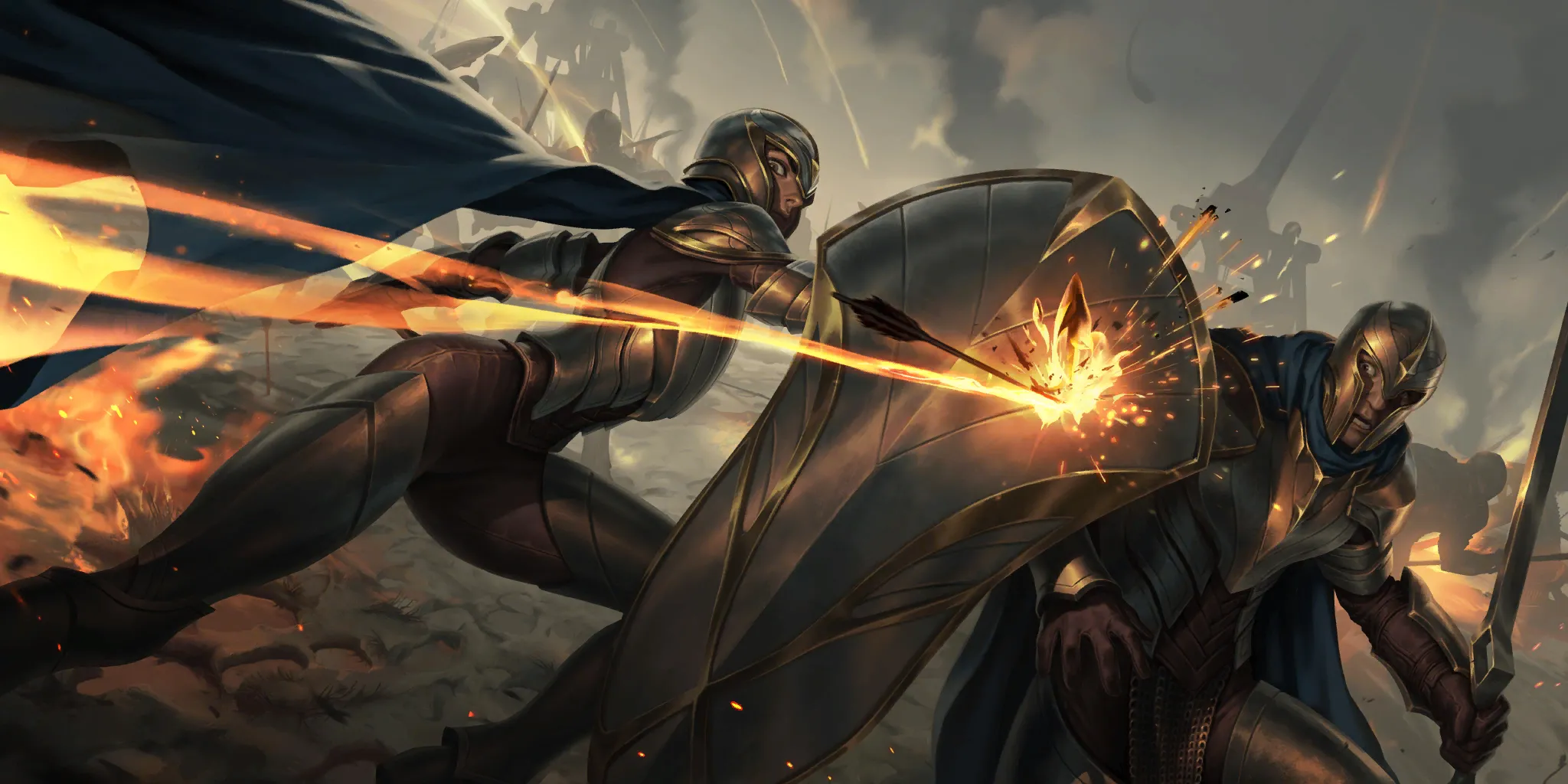








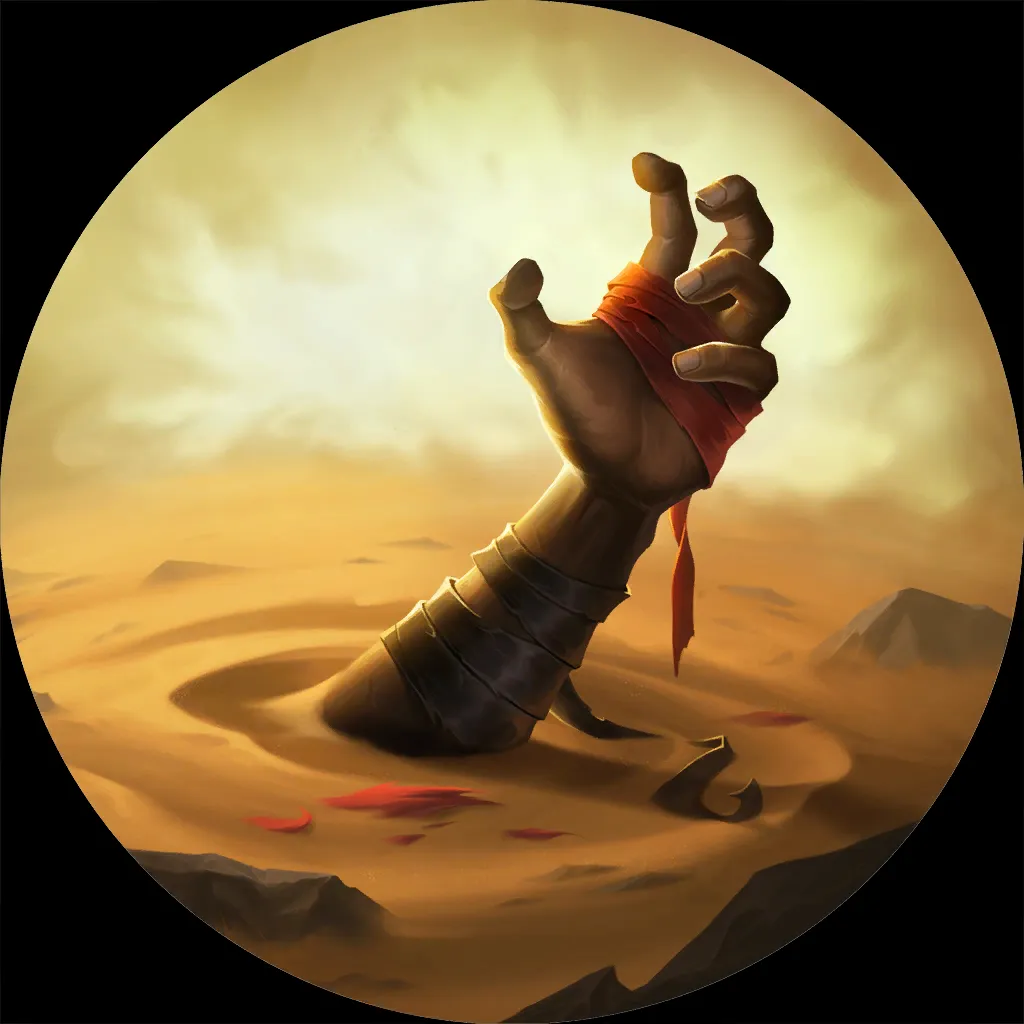


EVERYTHING matters with this deck: the order of attackers, what you grab with Challengers, pre-commiting spells or holding them for a mid-combat blowout… It all comes together in one cohesive package.
The best part about Akshan Sivir, though, is that you don’t really need all of the fancy stuff for it to still be a very good deck. The gameplan is relatively simple, even to a newcomer – but in the hands of a very experienced pilot, the deck becomes much more than the sum of its parts.



For those looking to start with the deck, I would highly recommend prioritizing ways to generate Warlord's Palace – that is to say, Akshan
– that is to say, Akshan ’s landmark – in your mulligans by looking hard for either Akshan
’s landmark – in your mulligans by looking hard for either Akshan himself, or Vekauran Vagabond
himself, or Vekauran Vagabond .
.
Also, think very carefully about your combat math, especially with The Absolver , because it matters quite a bit and you can do some really tricky things with the deck.
, because it matters quite a bit and you can do some really tricky things with the deck.
Right now Akshan Sivir is being kept in check by the other bigger Demacia decks (usually ones involving Bard ) but it’s still a powerful choice and I have no reason to believe that it won’t be the case in the future.
) but it’s still a powerful choice and I have no reason to believe that it won’t be the case in the future.
Deck 3: Thresh Nasus

Thresh Nasus
Nasus has a pretty long history in the game: from entirely dominating a few seasons, to being a mostly niche pick nowadays. Its overall gameplan hasn’t changed too much, though, and it’s still mostly a simple deck with a deep bag of tricks for those who truly master it.
has a pretty long history in the game: from entirely dominating a few seasons, to being a mostly niche pick nowadays. Its overall gameplan hasn’t changed too much, though, and it’s still mostly a simple deck with a deep bag of tricks for those who truly master it.

13 cards

27 cards








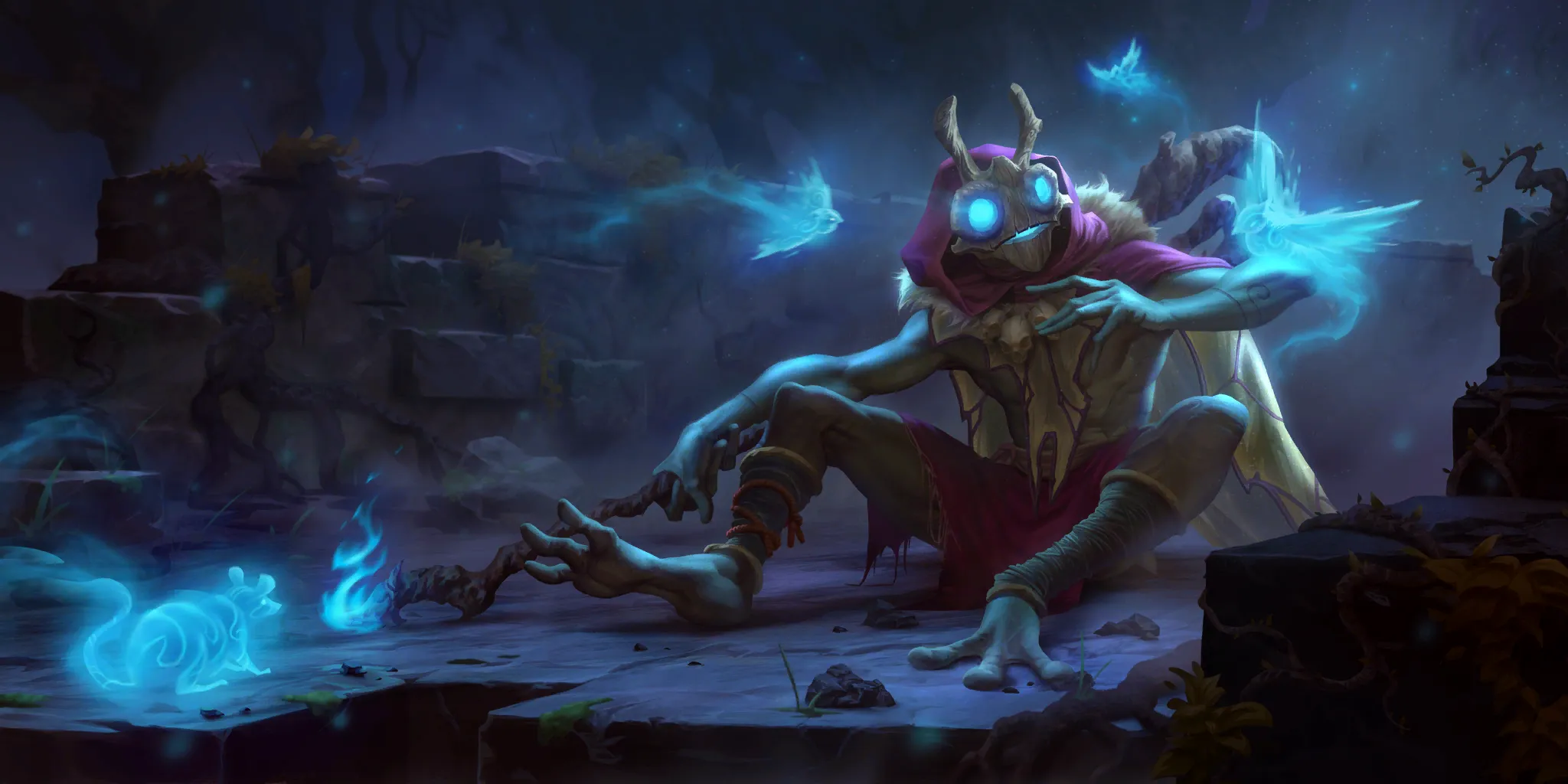
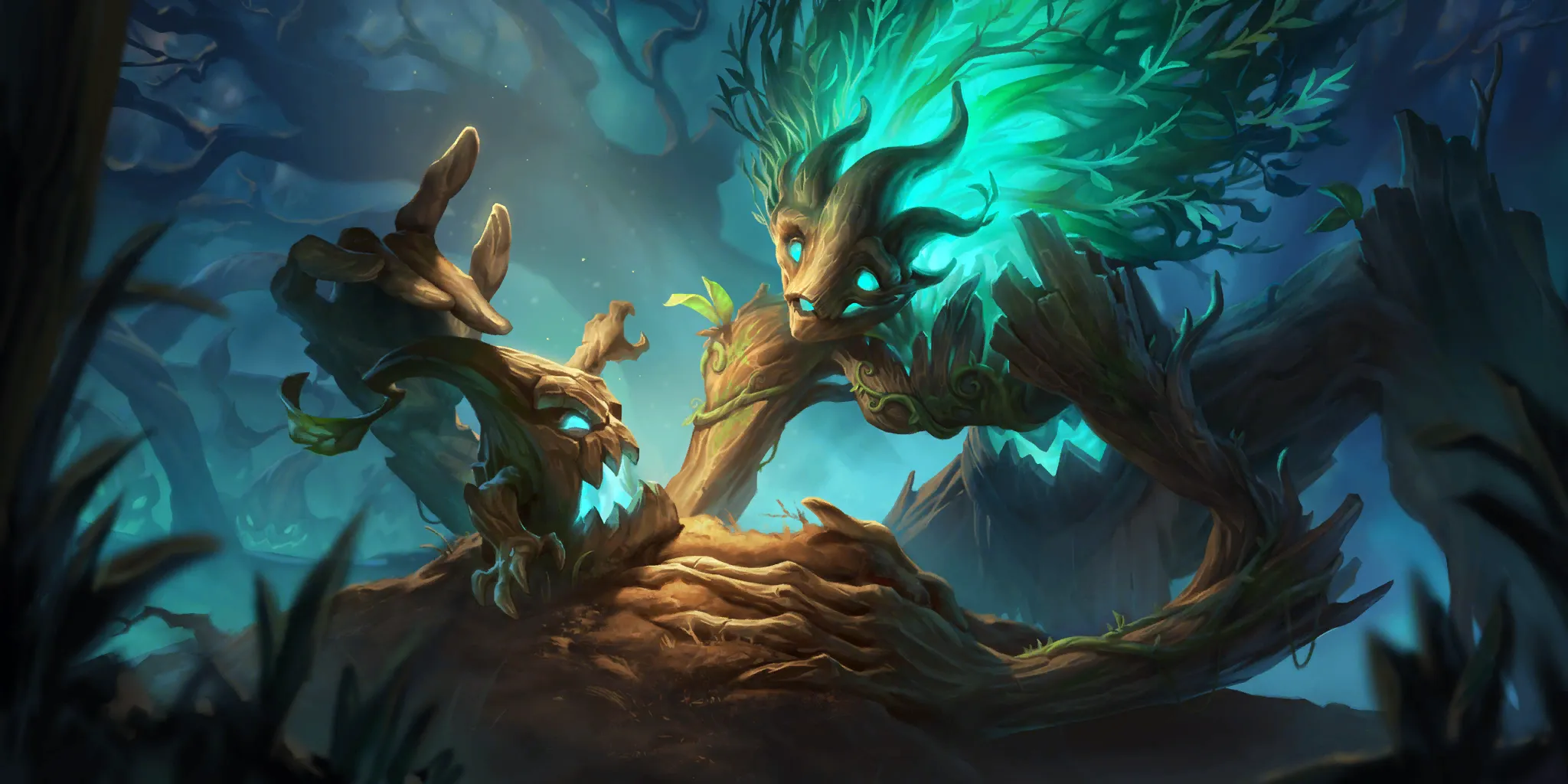







This archetype operates on a slightly different axis than some of the more ‘normal’ decks in the meta – namely, it slays its own units to provide either tempo or card advantage.
Players who are familiar with the Black color from MtG will find themselves mostly at home with this one: the only thing being drastically different from a Green Black midrange deck in Magic the Gathering is the existence of Vulnerable and Atrocity .
.
Vulnerable is a LoR keyword that allows the attacker to drag a Vulnerable unit and force it to block whatever attacking unit the attacker wants – a "reverse Challenger" so to speak. This simple mechanic has all sorts of interesting effects: backline champions like Ezreal or Aphelios
or Aphelios are no longer safe, and your high-power units with low health are less of a drawback because you get to trade them off with high-priority units of your choosing (instead of, say, a House Spider
are no longer safe, and your high-power units with low health are less of a drawback because you get to trade them off with high-priority units of your choosing (instead of, say, a House Spider your opponent has laying around).
your opponent has laying around).
The second large departure from MtG's Green Black midrange is Atrocity .
.
This card has shaped a lot of decks and metas over the two or so years that I have been playing the game: it allows decks with no burn to have a certain kind of ‘I win’ button that requires the opponent to not only play around it, but also to avoid the game getting to a point where Atrocity will lose them the game.
For the Thresh Nasus player, it is the opposite: we want to maneuver the game in a way where Atrocity (often cast on Nasus
(often cast on Nasus ) is 'lights out' on our opponent. It is crucial to try to craft a gamestate where the opponent can either interact with what we have on board, or play around Atrocity
) is 'lights out' on our opponent. It is crucial to try to craft a gamestate where the opponent can either interact with what we have on board, or play around Atrocity ... but not both.
... but not both.
In Closing

It goes without saying that players will have their own preferences on what kind of decks and strategies they enjoy, but that is an article for another time.
When friends ask me what they should use to get into the game, these are usually the three archetypes that I go for, in order of most to least recommended – but perhaps I am just biased to Tri-beam Improbulator decks. If any new players are looking for a more personalized recommendation, feel free to drop by the stream and ask!
decks. If any new players are looking for a more personalized recommendation, feel free to drop by the stream and ask!
Good luck!

